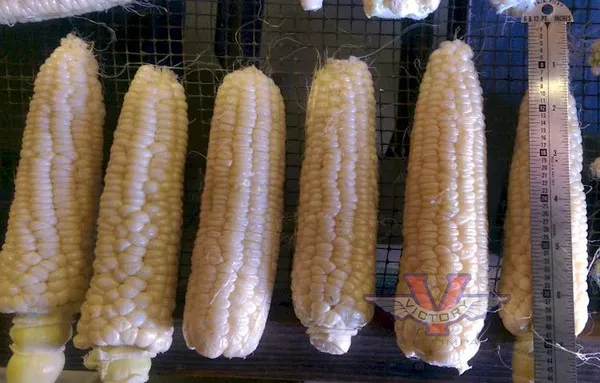So, I’m a total suburban kid from Massachusetts, and know virtually nothing, so enlighten me, please.
What I know: there are at least two types of corn. Sweet corn (the stuff we buy by the ear and eat off the cob) and Field corn – which is apparently everything else? Tons and tons of which is used as animal feed. And maybe that’s what we eat, when we eat corn meal or corn flour or, heck, corn flakes?
Where does popcorn come into it?
Actually, the main thing I was wondering is does a corn stalk have just a single ear of corn on it? And just one time? Or do new ones develop after you harvest the first, like tomatoes do? Otherwise it seems like a huge waste of effort, growing that big stalk and all the leaves and all, and all you get out of it is a single ear of corn?
Or does all the rest of the plant have some other commercial value? Like, you grind it all up and it becomes something else we use? Like insulation or mulch or something? Or, I know some whisky is made from corn – is that from the corn kernels, too, or a different part?
See, I told you I’m ignorant.
(Yes, I know I could look this up myself, but my experience is seemingly stupid threads like this can draw out all sorts of weird stories and strange but interesting offshoots.)
Oh, yeah, I vaguely remember that in The Moon Is a Harsh Mistress, Manny and the Professor sneak down to Earth in what’s supposed to be a shipment of moon-grown corn, and the corn apparently starts to pop due to the vacuum, I think. Is that remotely something that could happen?
